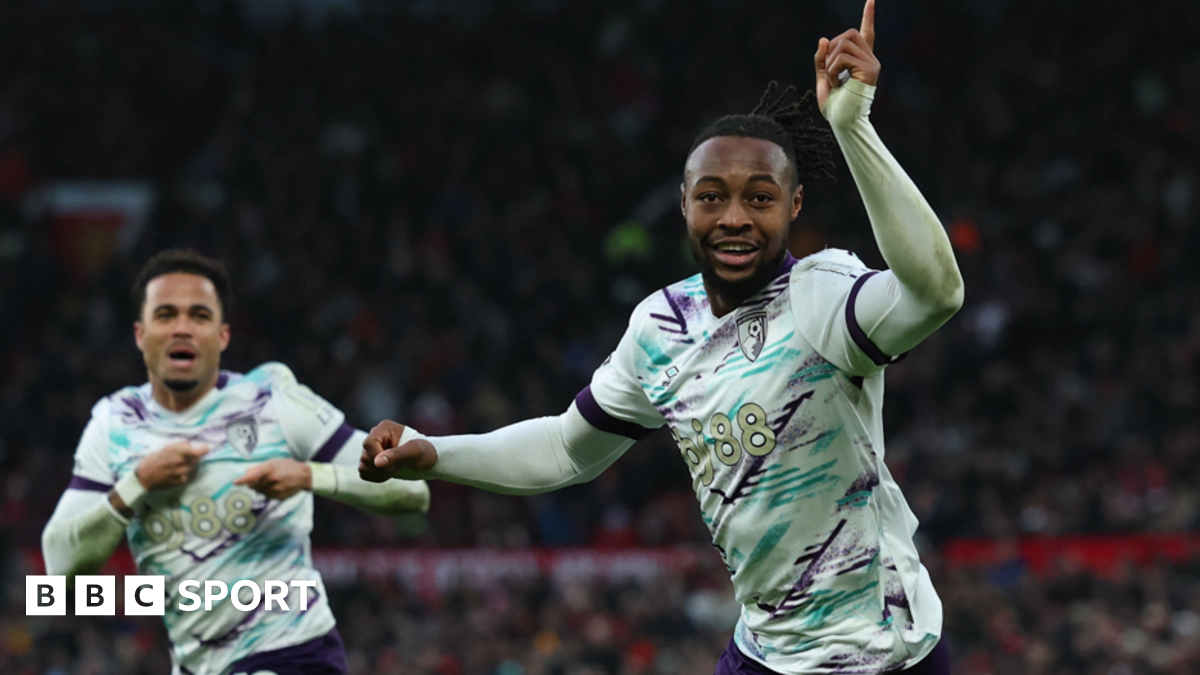Bussiness
ECB cuts interest rates to support flagging eurozone economy

The European Central Bank has intervened to prevent a sharp slowdown in the eurozone economy with its first back-to-back interest rate cut since the euro crisis in 2011.
With Germany on the brink of a recession and inflation tumbling across the 20 member single currency bloc, the ECB followed a reduction in the cost of borrowing at its previous meeting in September with a further 0.25 percentage point cut in its key deposit rate to 3.25%.
Marking the third interest rate cut this year, the ECB’s president, Christine Lagarde, said the fall in inflation had surprised the central bank and meant a cut was needed to ensure a soft landing for the eurozone economy.
Figures out earlier on Thursday revealed annual prices growth in the eurozone had eased in September to 1.7%, down from 2.2% the previous month.
Lagarde said there were clear signs from most measures of business and consumer activity that the economy was weakening.
Growth in France is expected to wane after a bounce during the Olympics while Italy’s better than expected recovery from the inflation shock of the last two years has petered out. Only Spain has shown a degree of resilience while interest rates have remained high, increasing by 0.8% in the second quarter of the year.
Earlier this month, an measure of factory output in the eurozone – the HCOB Manufacturing PMI – fell to a nine-month low in September, adding to a downturn lasting more than two years.
Lagarde said: “The latest data is all heading in the same direction, downwards, and points to more sluggish growth.”
She refused to indicate whether there would be further rate cuts, saying the central bank would remain dependent on the data before making further cuts at its next meeting in December.
The ECB’s move puts it two ahead of the Bank of England, which is widely forecast to cut the cost of borrowing in the UK by 0.25 percentage points from the current level of 5% when its monetary policy committee meets next month.
In the US, the Federal Reserve has indicated it is also minded to trim rates in the coming months after instituting its first reduction last month – a half-point cut.
Gold reached a record high just before Thursday’s ECB announcement, hitting $2,688.82 (£2,065.26) an ounce for the first time, lifted by forecasts of interest rate cuts around the world and uncertainty ahead of next month’s US election.
Announcing its decision, the ECB said the reduction in interest rates was based on “an updated assessment of the inflation outlook, the dynamics of underlying inflation and the strength of monetary policy transmission”.
after newsletter promotion
It added: “The incoming information on inflation shows that the disinflationary process is well on track. The inflation outlook is also affected by recent downside surprises in indicators of economic activity.”
The deposit rate sets the return paid to eurozone banks when they make overnight deposits with the Eurosystem, the euro’s monetary authority comprising the ECB and national central banks.
“The trends in the real economy and inflation support the case for lower rates,” said Holger Schmieding, chief economist at Berenberg Bank.
Joe Nellis, an economist at Cranfield University and an adviser to the financial consultancy MHA, said the ECB would be focused on promoting growth after a long period in which the cost of borrowing was kept high to combat inflation.
“Unlike the Bank of England, the ECB has a dual mandate, requiring it to take decisions to foster growth as well as control inflation. ECB policymakers will hope that this cut provides a boost to the German (and wider eurozone) economy, inspiring consumer spending, encouraging investment and ultimately stimulating the economy,” he said.
“With the German economy likely to shrink for its second consecutive year, we can expect the ECB to cut rates by another 0.25% in December – this is a decision policymakers will feel they have to make if they are serious about catalysing growth in the eurozone’s largest economy,” he added.










